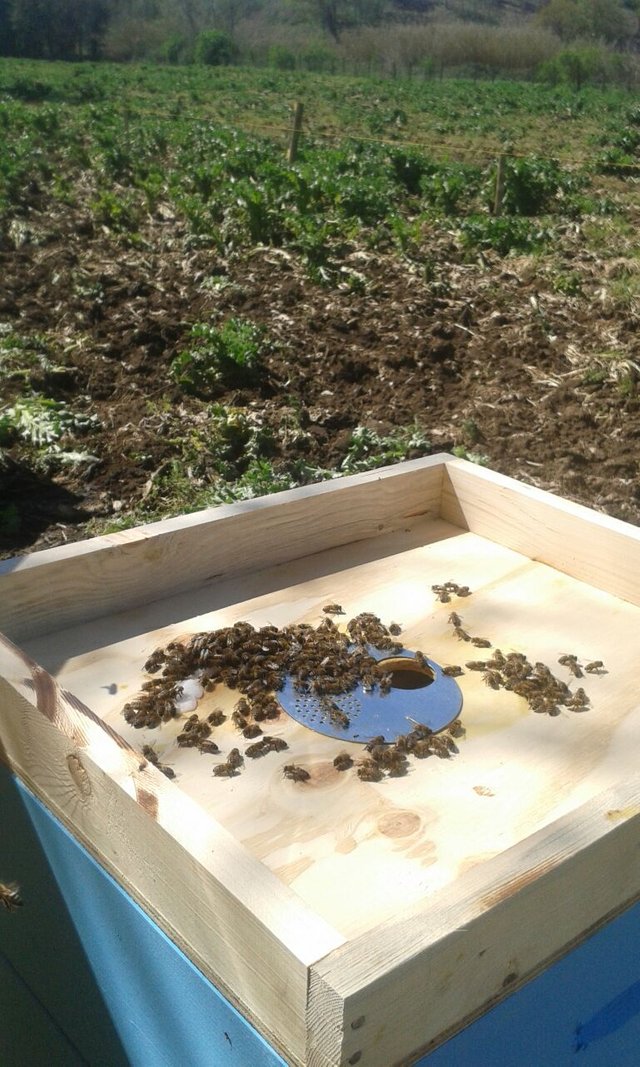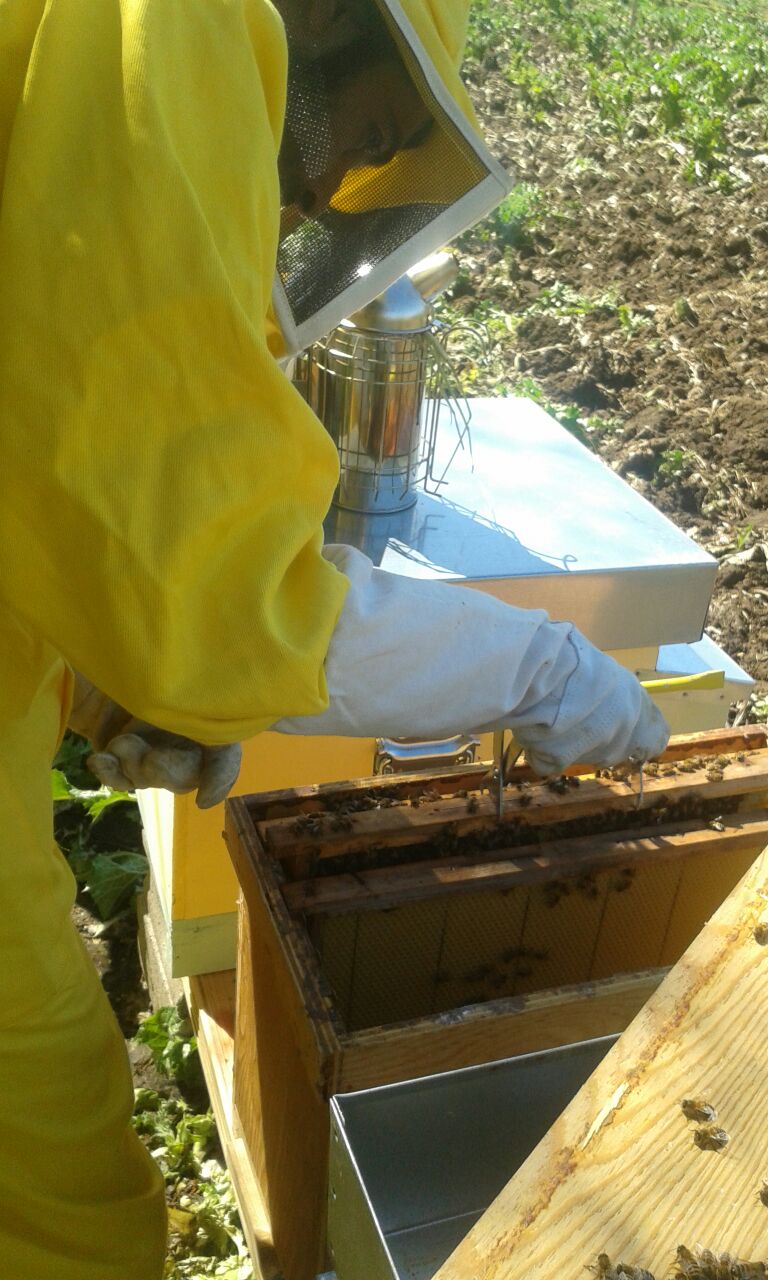The World Of Bees II
Bees are insects that in addition to having an important role in nature are offered the ability to organize and relate to each other in a particularly fascinating.
Just think that a colony of different worker bees cooperate for the constriction of the nest, for the bottling and breeding of the brood.
The man has learned to breed these staodinari insects to exploit the productions, resources that are still irreplaceable today such as wax, honey, propolis, royal jelly.
For initial breeding it is necessary to know some characteristics, study the basics and learn the main apistic techniques.

The honeybee (apis Mellifera) is a hymen belonging to the Apodian family, native to Africa.
Of the genus "apis" belong 3 species:
- Apis dirsata or "giant bee", eg the large size
- Apis florea or small "black bee"
- Apis indicates very similar to mellifera, but slightly smaller
(Apis Mellifera ligustica)
Raising bees is not a well known and apparently uninteresting activity. On the contrary, it is a fascinating work that has maintained its traditions for decades. Despite the innumerable technological innovations that have now prevailed in almost all fields, that of the beekeeper remains, in fact, an activity firmly tied to its roots.
(new core)
Spring is coming and, like every year, we are preparing for the great show of flowering. To think that this wonder of nature is the means devised by the entomophilous plants to attract the pollinators to their reproductive organs and thus guarantee the right to procreation and conservation of the species, can be one more reason to love them, respect them and ... raise them!


